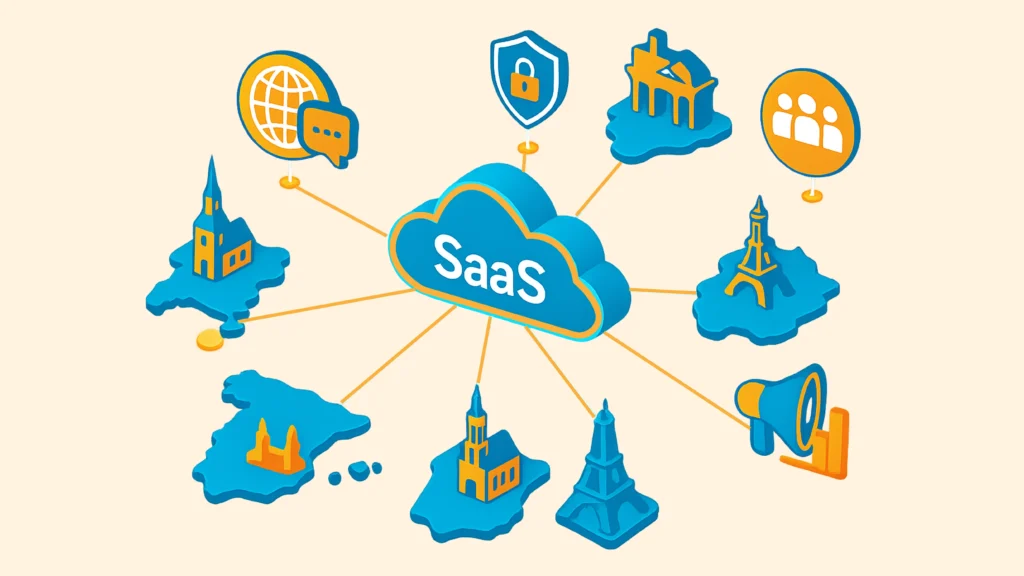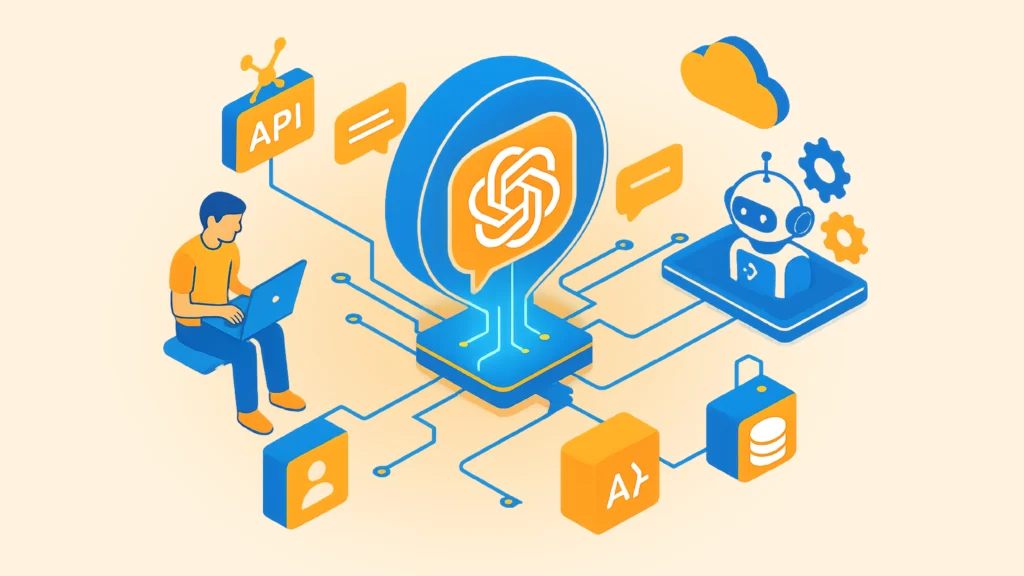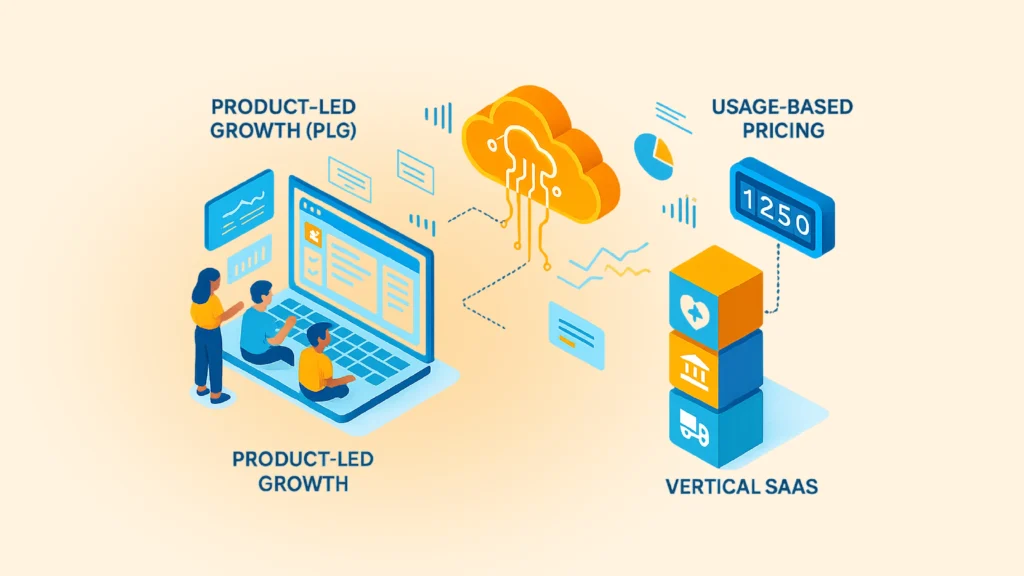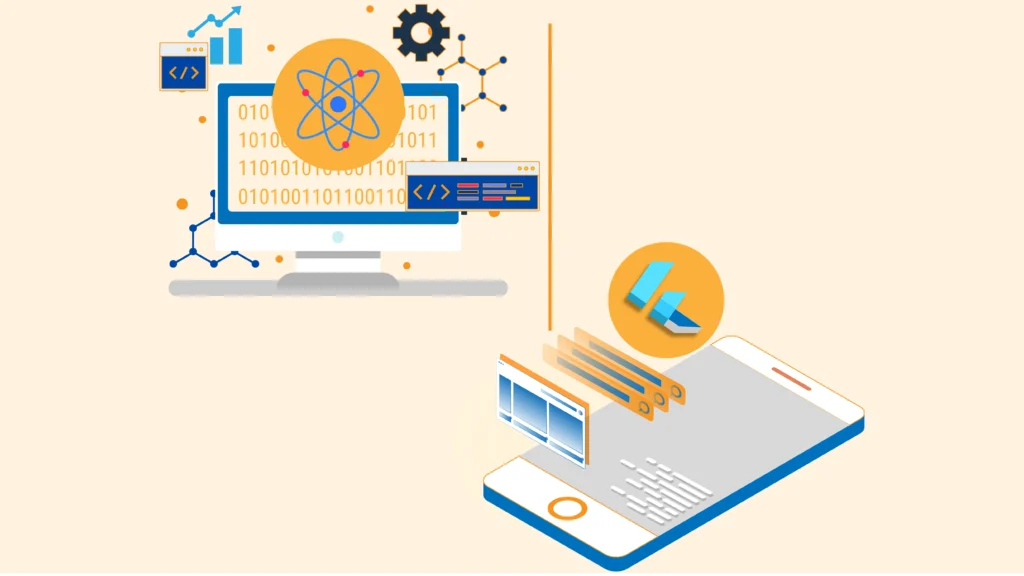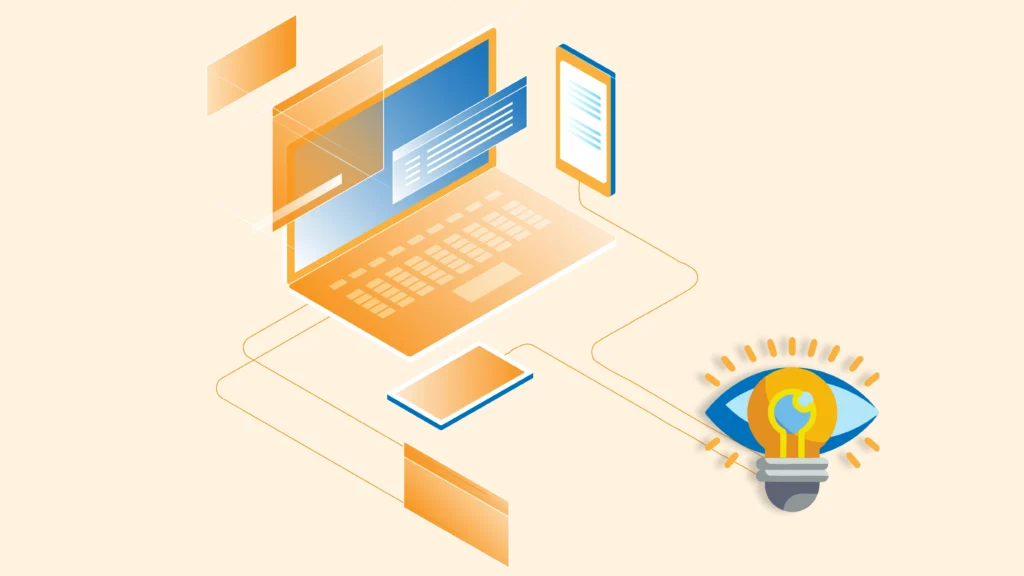AI-Powered Healthcare IT Solutions for Better Patient Outcomes
AI-Powered Healthcare IT Solutions for Better Patient Outcomes
- September 29, 2025
- 14 Mins Read
Introduction
Core AI Technologies Transforming Patient Care
Clinical Decision Support Systems
Doctors make thousands of decisions every day. Some are routine. Others can determine whether a patient lives or dies. AI support tools analyze patterns across similar cases. They offer relevant insights exactly when needed.
These aren’t like the old reference systems where doctors had to stop and search for information. Modern tools work alongside clinicians. They surface important data automatically during patient visits.
These systems review imaging, lab results, and patient history. They flag potential concerns for the doctor to examine further. They act as a second set of eyes. The goal is amplifying expertise at critical moments, not replacing it.
Predictive Analytics for Early Intervention
Waiting for patients to get worse before acting creates problems. By then, treatment options are often limited. Predictive systems monitor vital signs and lab values for subtle patterns. They can spot warning signs earlier than traditional methods.
These tools check numerous variables continuously. They identify potentially at-risk patients before obvious symptoms appear. This creates an early intervention window. And timing matters – especially for conditions where early treatment dramatically improves outcomes.
Unlike previous systems that bombarded nurses with false alarms, modern AI tools learn from feedback. They get more accurate over time and reduce alert fatigue instead of contributing to it.
Natural Language Processing
Clinical documentation eats up doctor time. NLP tools generate visit notes from natural conversations between doctors and patients. The best systems don’t just record everything. They organize information into structured data that fits medical records.
These documentation assistants reduce the paperwork burden. Doctors can maintain eye contact with patients instead of typing during visits. The technology distinguishes between casual comments and clinically significant information. It puts data in the right sections of the chart.
Computer Vision in Medical Imaging
Radiologists face growing workloads. AI vision systems help by pre-screening images. They highlight areas needing closer examination and process routine scans efficiently.
These systems recognize potential abnormalities across different imaging types. They serve as first-line screening tools. They prioritize images for human expertise. This combines AI’s pattern recognition capabilities with the contextual understanding only experienced clinicians have.
Remote Monitoring and IoT Integration
Hospital beds are expensive and limited. Remote monitoring lets chronic patients stay home while maintaining clinical oversight. AI systems filter the massive data streams from monitoring devices. They flag meaningful changes while reducing noise from normal variations.
These technologies track metrics like weight, blood pressure, and medication adherence. They alert providers when patterns suggest intervention and reduce unnecessary hospitalizations. Furthermore, they give patients confidence to manage their conditions at home.
Measurable Impact on Patient Outcomes
Reduction in Diagnostic Errors:
Medical errors remain a serious problem in healthcare. They harm patients and drive up costs. AI-powered diagnostic tools help catch issues that might otherwise slip through. These systems don’t replace doctors’ judgment. They provide a valuable second opinion against common mistakes.
The research is promising. In radiology, AI systems trained on millions of images spot subtle abnormalities in X-rays, MRIs, and CT scans. They’re especially valuable for conditions where early detection matters most. Take, for example, certain types of cancer and certain neurological disorders. The benefits can be numerous.
Decreased Hospital Readmission Rates:
Improved Medication Management:
Medication errors affect millions of patients each year. AI-powered tools reduce these incidents in several ways. They check prescriptions against patient data for potential problems. Dangerous interactions. Inappropriate dosing. Contraindications.
Hospitals using these systems report fewer adverse drug events. They also show better adherence to best practices. The tools are particularly valuable for patients on multiple medications. Each additional prescription multiplies interaction risks. These systems automate routine checks and highlight unusual situations needing human review.
Enhanced Chronic Disease Management:
Chronic conditions eat up most healthcare dollars today. AI tools help shift care from reactive to proactive approaches. They enable continuous monitoring and early intervention. These systems track symptoms, medication adherence, and biometric data. They identify concerning trends before they become emergencies.
Organizations using AI-supported chronic disease management see promising results. Diabetes. Hypertension. Respiratory diseases. Remote monitoring lets patients stay home and still have clinical oversight. The best systems learn each patient’s normal patterns and catch meaningful changes requiring intervention.
Treatment Efficacy and Personalization:
Implementation Strategy: Beyond the Technology
Assessing Organizational Readiness
Successful AI implementation starts well before buying any technology. You need to honestly evaluate where your organization stands first. What systems do you already have? How good is your data quality? What technical infrastructure exists? What capabilities does your staff have?
A small rural hospital with physical records faces completely different challenges from a major medical center with data science teams. There’s no one-size-fits-all approach.
You need to examine current workflows and identify pain points. Look for potential resistance areas. If you’ve had failed technology initiatives before, understand why they failed. This assessment isn’t just technical. It’s about organizational culture and leadership support.
Stakeholder Engagement and Buy-In
Phased Implementation Approaches
Healthcare is too complex for all-at-once technology rollouts. Smart organizations start small. They target specific use cases with clear metrics. They focus on areas with high chances of success.
This creates early wins that build momentum. A phased approach allows for learning and adjustment. You can fix problems before expanding to more challenging areas.
A typical progression starts with a limited pilot in one department. After validation, it expands to similar units. Then it moves to related use cases based on lessons learned. Each phase includes evaluation against predefined success metrics.
This approach manages risk while building confidence. It also lets technical teams address integration issues at a manageable scale.
Change Management Frameworks
Healthcare professionals already deal with constant change. New research. Updated protocols. Changing regulations. Another technology initiative can feel overwhelming. Effective change management recognizes this reality.
Successful change strategies communicate a compelling “why” behind the implementation. They acknowledge challenges and emphasize benefits that matter to users.
Most importantly, they establish feedback channels. Users can report issues and see them addressed. This builds trust in both the implementation team and the solution itself.
Training and Continuous Education
One-time training sessions don’t stick. Effective implementations include ongoing education that evolves as needs change. Offer multiple learning formats. Hands-on workshops. Quick reference guides and peer mentoring programs.
The most successful organizations build internal expertise. This reduces dependency on vendors and creates sustainable knowledge.
Training should cover not just how to use the technology but why it works the way it does. For AI systems, this includes appropriate explanations about how algorithms make recommendations. Understanding AI limitations is as important as knowing its capabilities.
Integration with Existing Healthcare Infrastructure
Interoperability Challenges
Healthcare systems grew up in isolation. Most hospitals run dozens of separate systems that weren’t built to communicate. Lab systems don’t connect easily with EHRs. Pharmacy platforms use different data structures than documentation tools. Adding AI to this fragmented system creates real headaches.
The biggest challenge is always data accessibility. Many legacy systems lack modern connection points. They require custom interfaces or middleware solutions. Older platforms often store data in proprietary formats that resist standardization.
The organizations making progress start pragmatically. They map their data flows. They identify critical connection points. They create integration priorities based on clinical value, not technical convenience.
FHIR Standards and API Integration
Data Normalization Methodologies
Healthcare data is incredibly messy. The same blood pressure might appear as “120/80,” “120 over 80,” or separate readings. Labs use different units and reference ranges. Doctors document the same condition using various terms. AI systems need clean, consistent data to function properly.
Practical approaches focus first on specific data elements needed for targeted use cases. Don’t try to fix everything at once. This might mean normalizing medication names for a prescription tool or calibrating lab values for a decision support system.
Successful organizations build normalization into their data pipelines. They clean information as it moves between systems rather than creating separate cleansing projects.
Hybrid Cloud Strategies
Healthcare data has unique requirements. Some information needs the security of on-premises storage. Other applications benefit from cloud scalability. Effective organizations adopt hybrid approaches. They place data and computing resources where they make the most sense based on security, performance, and cost.
A typical strategy keeps protected health information within controlled environments. It leverages cloud capabilities for de-identified analytics, model training, and non-sensitive functions. Edge computing plays an increasing role. It processes data locally where immediate analysis is needed before sending summarized results to central systems.
This balanced approach provides flexibility and addresses legitimate security concerns.
Data Strategy and Governance
Building Quality Training Datasets
AI is only as good as the data it learns from. This truth is especially critical in healthcare. You need diverse datasets that actually represent your patient population. Otherwise, you’ll create biased algorithms that work well for some patients but fail others.
The best clinics don’t try to boil the ocean. Don’t fall for the “more data is always better” myth. Careful curation of high-quality data beats massive quantities of messy information every time.
Security Architecture
Federated Learning Approaches
Privacy concerns have sparked creative solutions for AI training. Federated learning stands out as particularly promising. This approach trains algorithms across multiple institutions without centralizing sensitive patient data. The model travels to the data rather than the reverse.
This method preserves privacy while enabling broader learning opportunities. It allows smaller hospitals to benefit from AI without exposing patient information.
Continuous Monitoring Strategies
AI systems aren’t set-and-forget tools. They can degrade when practice patterns evolve or patient populations change. Smart organizations implement ongoing performance monitoring. They compare algorithm outputs against established benchmarks and track key metrics over time.
This vigilance enables early detection of “model drift” before it impacts patient care. It identifies when retraining might be necessary and provides confidence that AI systems continue to perform as expected.
Governance Frameworks
The Human-AI Partnership in Healthcare
Healthcare works best when AI and humans collaborate rather than compete. The most successful implementations understand what each brings to the table. AI processes massive datasets and spots subtle patterns. Clinicians provide context and judgment developed through years of experience.
Organizations that frame AI as a team member rather than a replacement see better results. They experience higher adoption rates and achieve better outcomes. They maintain stronger staff morale.
Trust doesn’t happen automatically. It develops through transparency and proven reliability. Clinicians need to understand how AI tools reach their conclusions. Not with overwhelming technical details, but with appropriate explanations that build confidence.
For their success, organizations create structured feedback mechanisms. Providers can question or override AI recommendations when necessary. They document their reasoning clearly. This creates a learning loop that improves both the AI and clinical practice.
Patients need to be part of this conversation, too. They deserve explanations about how AI contributes to their care. They need reassurance that the essential human connection remains at healthcare’s core. Technology should enhance the provider-patient relationship, not replace it.
Final Thoughts
AI in healthcare is all about developing practical tools for solving real problems today. The technology shows genuine promise in reducing errors, improving efficiency, and enhancing care quality when implemented thoughtfully. Success depends on more than good algorithms. It requires careful integration with existing systems and strong data governance.
The organizations seeing the best results view artificial intelligence more as an ally than as a substitute. They combine the pattern-recognition strengths of machines with the judgment, empathy, and contextual understanding that only humans provide. With the right approach, AI can help healthcare fulfill its fundamental promise: better care for more people at a sustainable cost.

